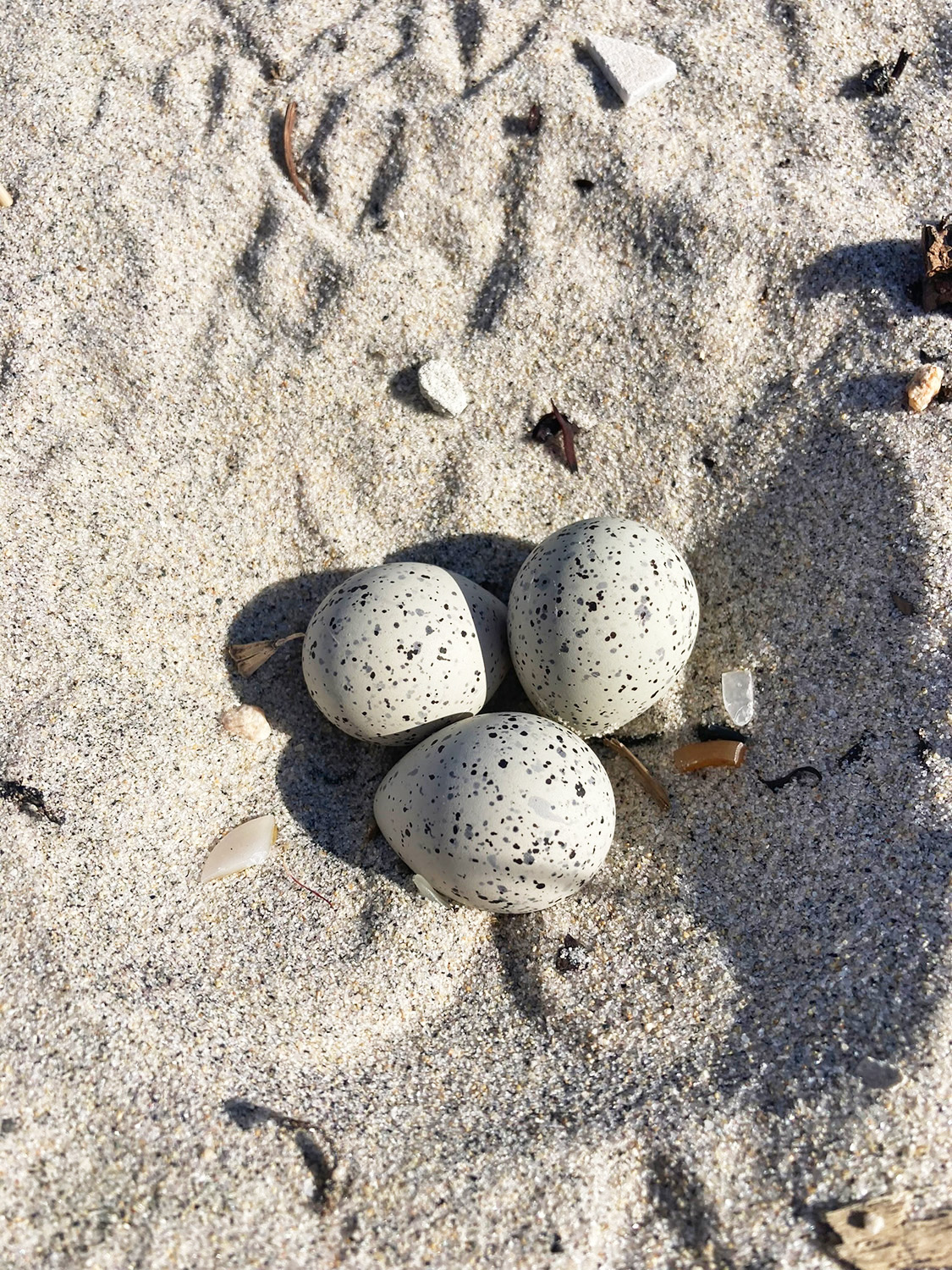Further Investigation of the Island’s Flora and Fauna
by Elizabeth McCance
Last summer, we saw the wrap-up of the two-year survey of the Land Trust’s ecological communities and select taxa by the team of scientists from the New York Natural Heritage Program. Their work yielded volumes of information, including not only a wall-to-wall mapping of all the ecological communities on the Land Trust, but also important population information about rare species including many plants as well as spotted turtles and many rare beetles, moths, and dragonflies. This information has been instrumental in informing our management planning and is available on this website for anyone interested in learning more:
We are thrilled to once again welcome the team from NYNHP to further our study of Fishers Island’s nature. One of the fascinating findings of the prior inventory was that Fishers Island with 65 rare plant taxa recorded has the highest concentration of rare plants of any site in New York State. However, not all of these rare plants were found in the two-year inventory. This summer, one focus of the NYNHP team will be to search for rare plants that have not been seen in years, including seven rare species not yet found on Land Trust property. An additional 30 species were historically found on Fishers Island but have not been documented in at least 40 years. The scientists will focus on probable locations of these species to see how many rare plant species may persist on the island.
American Mink, Fishers Island. Photo by Todd McCormack.
The second component of this summer’s study will focus on the mammals of Fishers Island. In this case, the team of scientists will design a camera-trap study to monitor our mid-sized mammals. The study will target the populations of Raccoon (Procyon lotor), American Mink (Mustela vison), and Virginia Opossum (Didelphis virginana) since these species are major predators of turtle nests, nesting female turtles, shorebird nests, and other wildlife. As the camera traps will also detect other mammals, such as Eastern Coyote (Canis latrans), North American River Otter (Lontra canadensis) and American Beaver (Castor canadensis), the study will help to determine if Fishers Island is serving an important role in the recolonization of Long Island by these species. The exact objectives of this study are still being worked out by the Land Trust Committee and the NY Natural Heritage Program but will surely result in interesting documentation of our mammals and their movements.



